Spelt is a type of grainy food that dates back to ancient times. However, due to its more difficult processing and less easy cultivation, spelt has long been one of the most common grainy foods.
The oldest remnants of spelt date back 18 000 years. It served as the staple food of many ancient people, including the Thracians, the Egyptians and the Romans. Its remains have been found in Thracian tombs and even in the Egyptian pyramids.
Spelt benefits
The reason spelt is not as easy to process as wheat, lies in the fact that its grains are wrapped in hard flakes, which must be removed before grinding it into flour. Also, unlike modern wheat, spelt is not susceptible to chemical treatment and it cannot be forced to grow faster or in larger quantities. On the other hand, it does not absorb harmful elements from the soil (such as heavy metals), so even if it is grown in contaminated soil, it will not affect it or make it harmful.
Unlike most modern crops, which are artificially created or mutated over time, spelt grows only in its original form. This makes it an extremely strong and durable plant that needs only good conditions to grow well. Usually between 100 and 300 kg of spelt is extracted from one decare.
Other types of wheat, for example, have been treated with a number of chemicals since they were planted, which are thought to protect them from the many diseases to which they are susceptible.
Interestingly, the nutrients contained in spelt vary in composition depending on where it is grown, as its DNA structure changes according to local climatic conditions, precipitation, average annual temperature and many other indicators. So it is better when choosing spelt from the store, to choose local production.
Spelt composition
For those who monitor their calories and intake of other nutrients, we have broken down its composition into the components it contains and their amount.
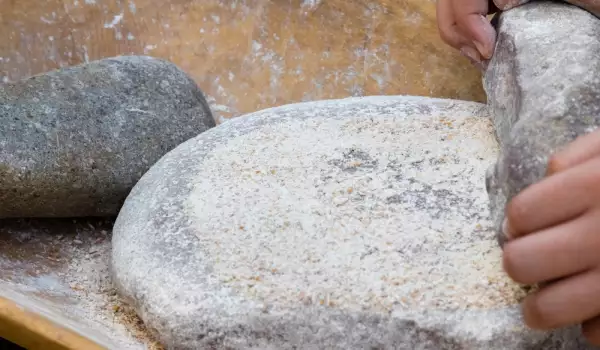
About 100 g of spelt in any form contains a total of 338 calories, which are divided into 2.43 g of fat (only 22 calories come from fat), 70.19 g of carbohydrates, 10.7 g of fiber, 6.82 g of sugars, 14.57 g of protein and 11 ml of water..
Spelt does not contain any cholesterol.
Minerals and trace elements
Many people today suffer from deficiency or low intake of minerals and trace elements. Most of our food is poor in nutrients and the bad and unhealthy food makes things worse. Fortunately, spelt can be useful in this regard, as it is extremely rich in potassium, calcium, magnesium, sulfur, phosphorus, zinc, manganese, iron and many other trace elements.
High levels of iron and copper are key to creating new red blood cells. So, if spelt is a regular part of your diet, then the levels of copper and iron will increase and with them the blood flow, which will lead to strengthening of your immunity and additional oxygenation of the organs and tissues.
Spelt has been proven to contain more micronutrients than all other types of wheat, as well as protein and useful fats.
Gluten Content
Spelt has an extremely low gluten content, which means that even people with celiac disease can consume it without worrying about intoxication or other negative effects.
Antioxidants
Spelt is also an excellent antioxidant and helps prevent and treat various anemias. One of the antioxidants contained in it is vitamin E and the trace element selenium, which are associated with both fertility and the elimination of free radicals that lead to cancer, forming in the body under the influence of both internal and external factors.
Spelt vitamins
It contains almost twice as much vitamin E, B (mainly vitamin B1 (thiamine) and vitamin B3 (niacin)) and A than other types of wheat. Thiamine plays a major role in the breakdown of glucose and is involved in the synthesis of DNA and RNA. Niacin plays a key role in the production of sex hormones in the adrenal glands. Vitamin A is an antioxidant that is essential for the immune system. The amount of vitamin A largely determines the condition of your vision, bones, skin and hair.
Benefits of spelt
Spelt consumption has other benefits that play a significant role in our daily lives. It improves digestion and the functioning of the spleen and pancreas, improves blood counts and strengthens the immune system, keeps tissues in good condition and helps in regulating the metabolism when building healthy bones. Spelt flour products also help lower blood sugar and cholersterol levels. The latter is due to the dietary fiber contained in spelt, which interacts with the body's cholesterol intake processes and helps it to be absorbed by food.
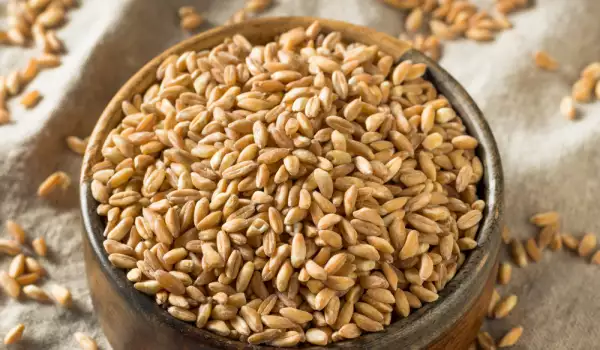
Here are some more benefits of spelt:
- easily digestible food product, ensuring good absorption of nutrients;
- it has a low risk of allergies;
- helps to increase the immunity, prevention of modern diseases (cardiovascular diseases, diabetes, cancer) through high levels of antioxidants - lutein and beta-carotene (makes spelt flour yellow), B6, zinc, vitamin A;
- helps reduce inflammation through high levels of magnesium and B6;

- helps for healthier bones by taking manganese - 100 g of spelt contain about 200% of adequate manganese intake!
- healthy muscles, nerves and tissues through high levels of protein, thiamine, phosphorus;
- helps us lose weight - by eating nutrient-rich flour or grains, you will consume smaller amounts of other foods;
- contains more beta carotene - spelt, along with its other good qualities, contains 3 to 4 times more beta-carotene than our wheat today. This is good because beta-carotene is an antioxidant. It protects the body from free radicals, which damage our cells and cause some serious diseases such as cancer and heart disease. So converting carotenoids like beta-carotene into the current part of our diet is a good way to prevent cancer;
- contains Vitamin A - healthy skin and membranes, strong immunity, good vision and eye health. These are the reasons why we need vitamin A. It is essential for our overall health. And spelt contains twice as much vitamin A as wheat, which is produced in our day. It is preferable to get vitamin A from our food because our body knows what to do with it. Consuming too many vitamin A supplements can be toxic;
- source of lutein - like beta-carotene, lutein is a carotenoid that gives it some of the same benefits. This is especially good for our eyes. It helps our retinas absorb blue light and protects it from those nasty free radicals that cause cancer. And spelt contains 3 to 4 times more lutein than modern wheat crops.
- contains riboflavin - this is the big word for vitamin B2. Vitamin B2 is essential for many of the processes in our cells. It also has preventive properties against cancer, helps with migraines, cures anemia and helps produce energy. This is a key vitamin and is present much more in spelt than in the grains we are used to - 4 to 5 times more.
Spelt application
Like other types of wheat, once spelt is ground into flour, its application is huge. Any dish you make with plain wheat or other flour can be made with spelt flour - so not only will the taste stay almost the same, but the dish will be much more healthy for the whole family. This includes: spelt bread or pastries as a substitute for half of the wheat flour content in your recipes or as a thickening sauce in various dishes.
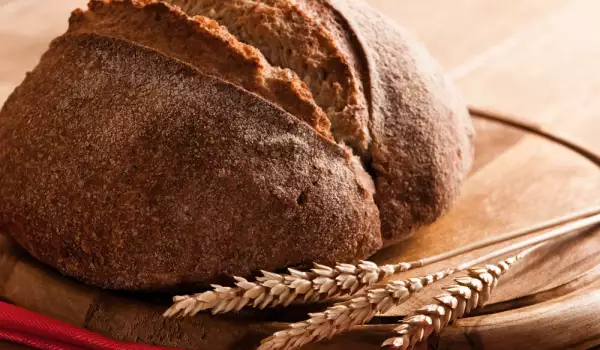
If you decide to try spelt in the form of grains, the easiest way is to cook it is like cooking risotto - cook it in a large casserole and add your favorite ingredients - vegetables, mushrooms, seafood or other foods. You can also use it as a rice substitute, pastries, in a salad or with curry or vegetables.
Because spelt has different properties than other grains, it behaves a little differently in recipes. Here are some cooking tips and tricks to help you incorporate spelt flour into your daily cooking or baking.
1. For starters, try using it in a 50:50 ratio. If your recipe requires one cup of flour, use half a cup of normal wheat flour and half a cup of spelt flour. The more you use spelt flour, the easier it will be for you to feel the proportions you need to use to get what you want;
2. Since spelt flour does not absorb as much liquid as other flours, try to reduce the amount of liquid you add, so that your dough does not become too sticky. The other option is to add extra flour;
3. Be careful not to knead the dough too much. If your dough is not kneaded enough, it will be crumbly and the opposite, if your dough is kneaded too long, the protein fibers will break down. It is believed that kneading spelt dough is best done in approximately four minutes.
4. Uncooked spelt can be stored for approximately six months when kept in a cool, dry place. It can last up to a year in the refrigerator.
And to be of maximum help to you, we recommend that you prepare something tasty, such as spelt bites. Your breakfast will be more wholesome and healthy if you replace plain flour and prepare spelt pancakes.

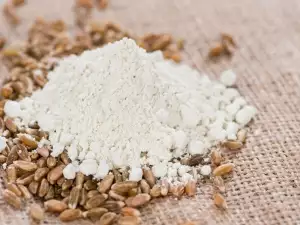

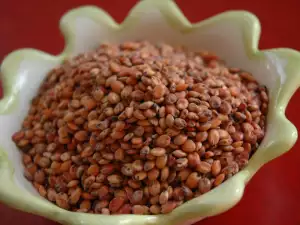
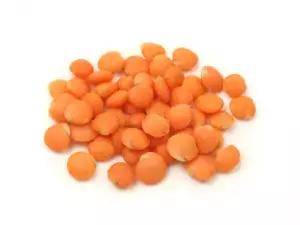
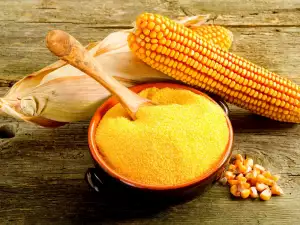
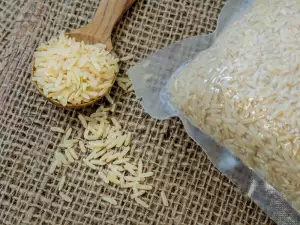
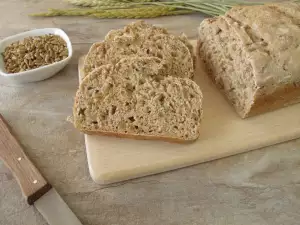
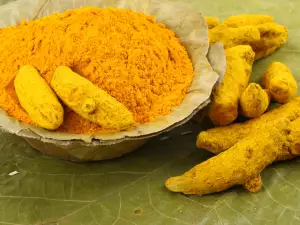

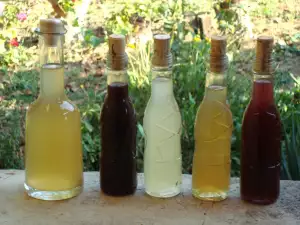

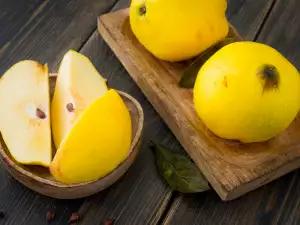
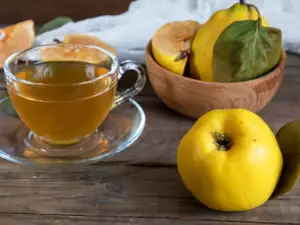
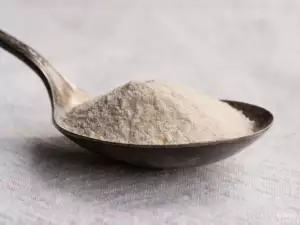





Comments